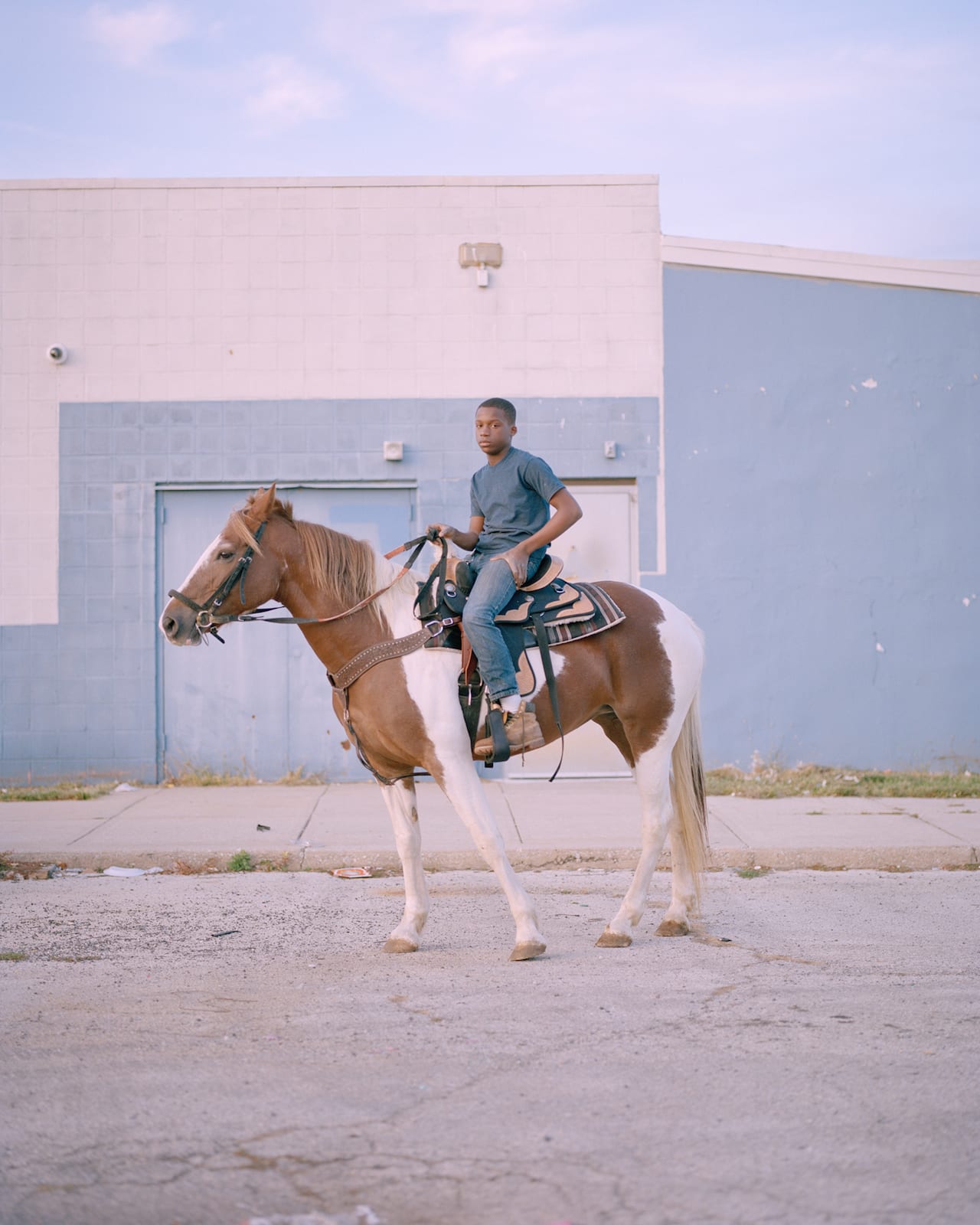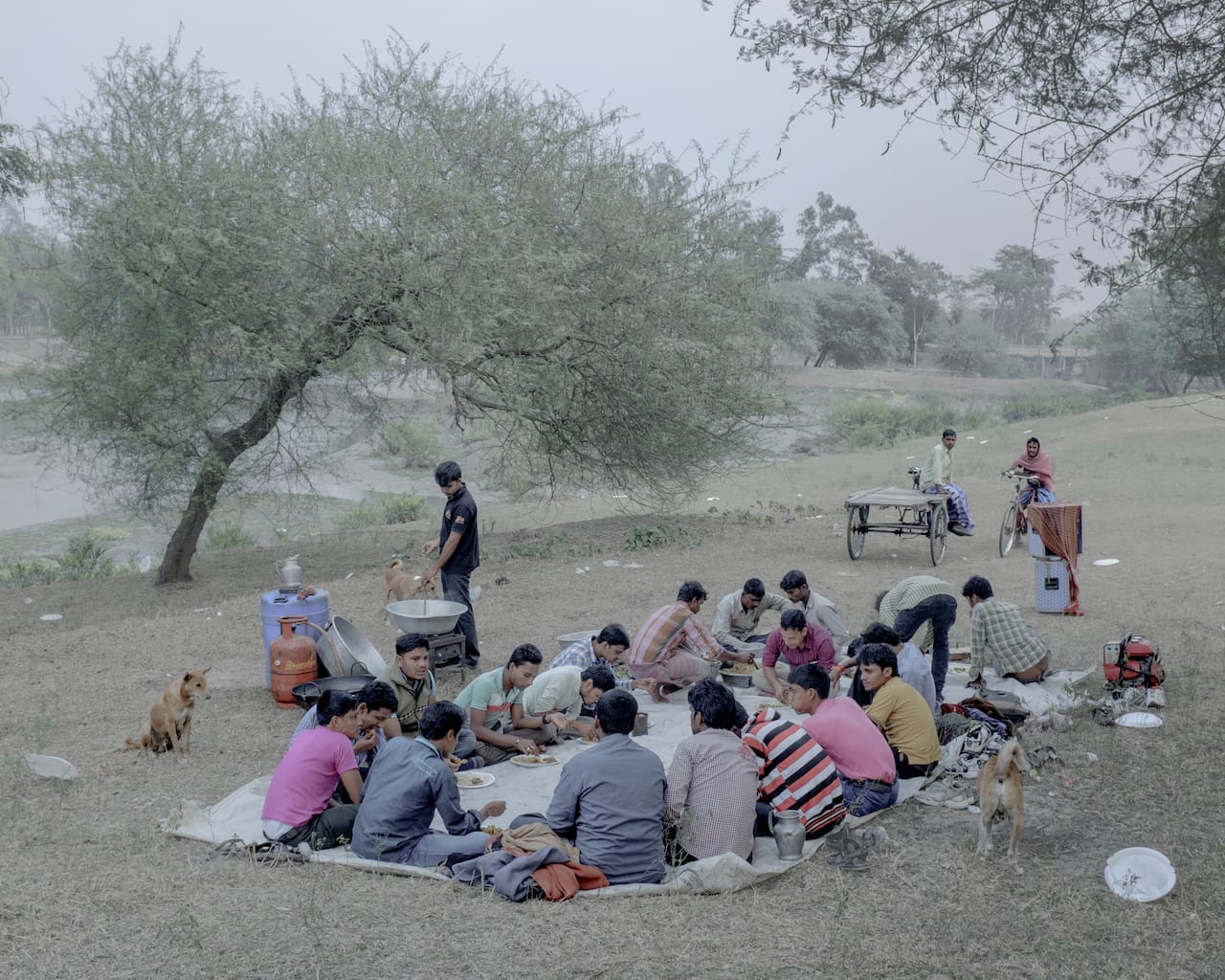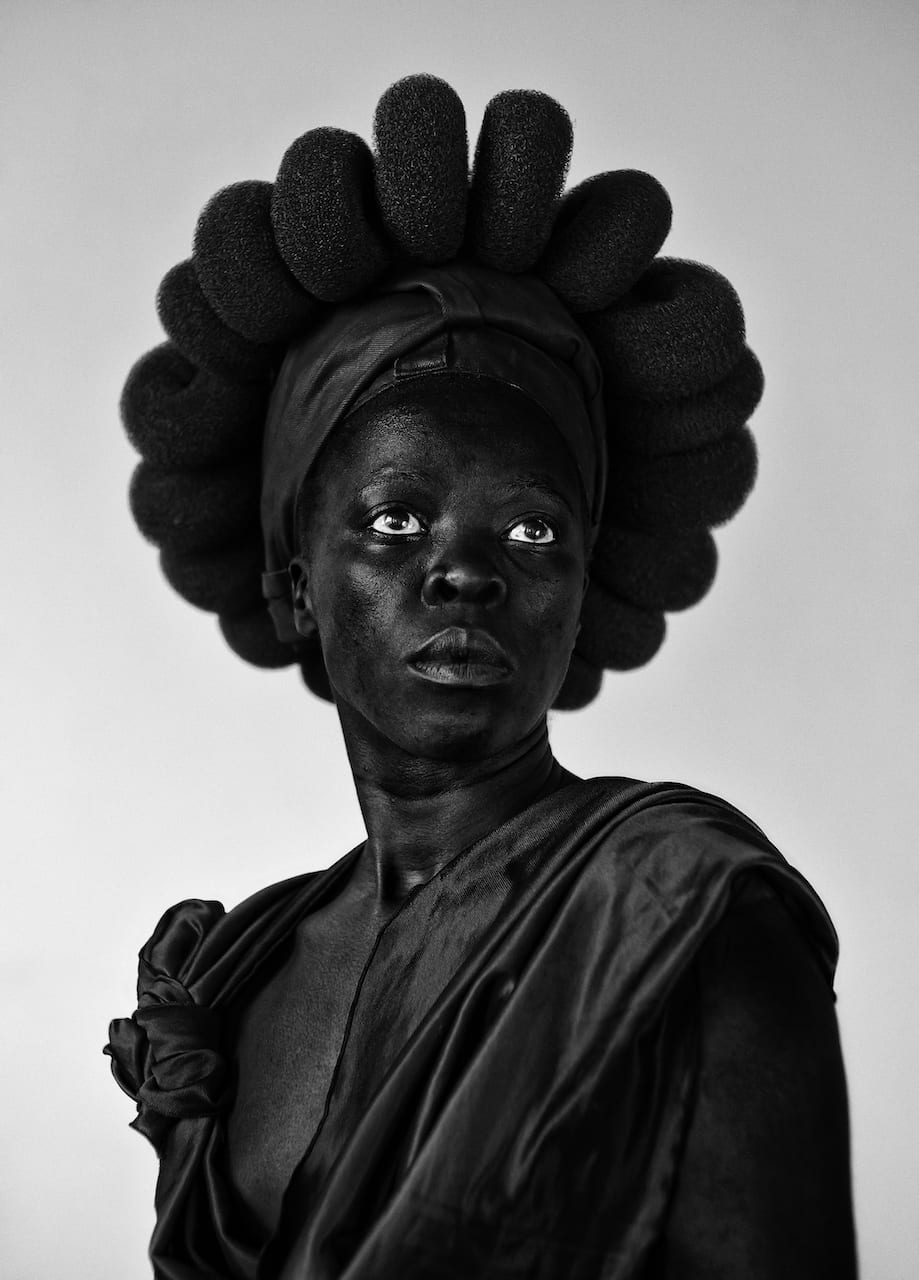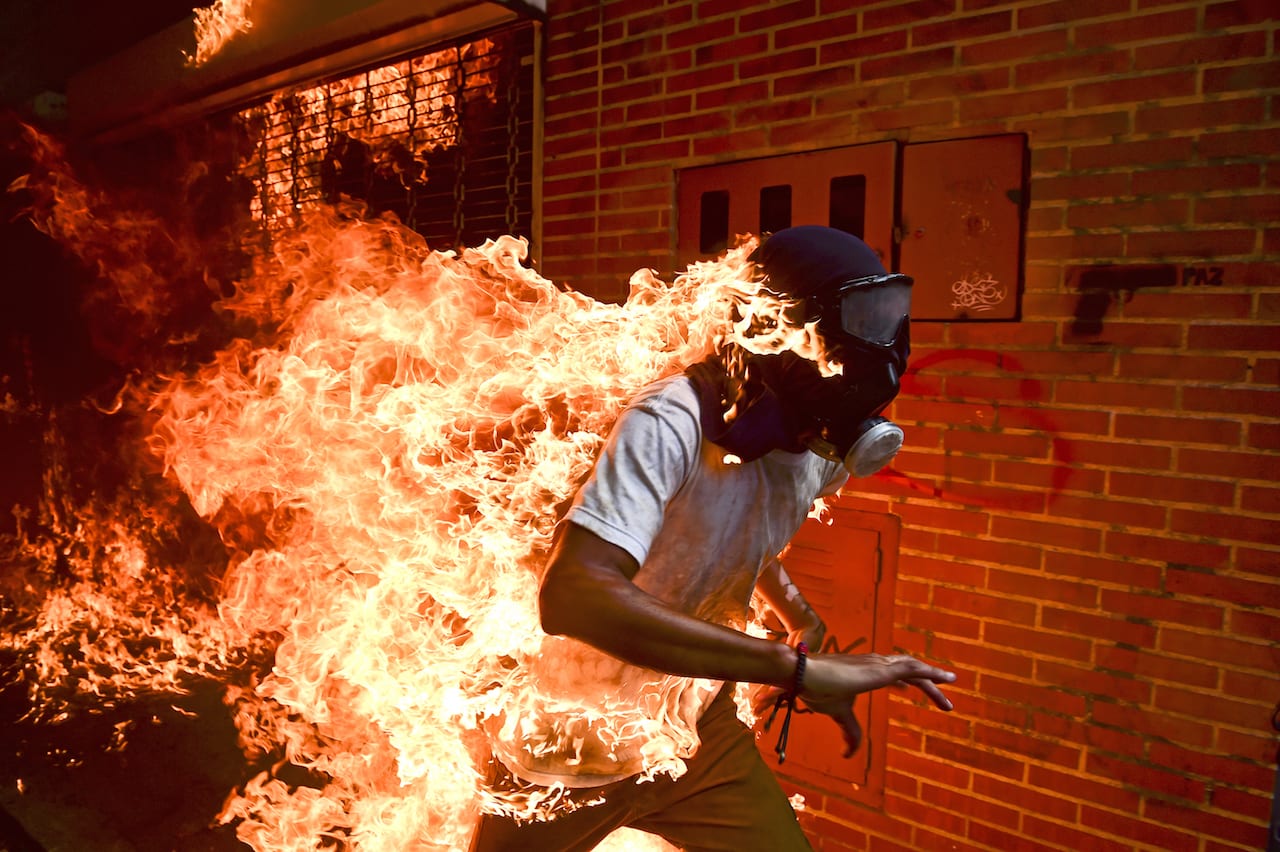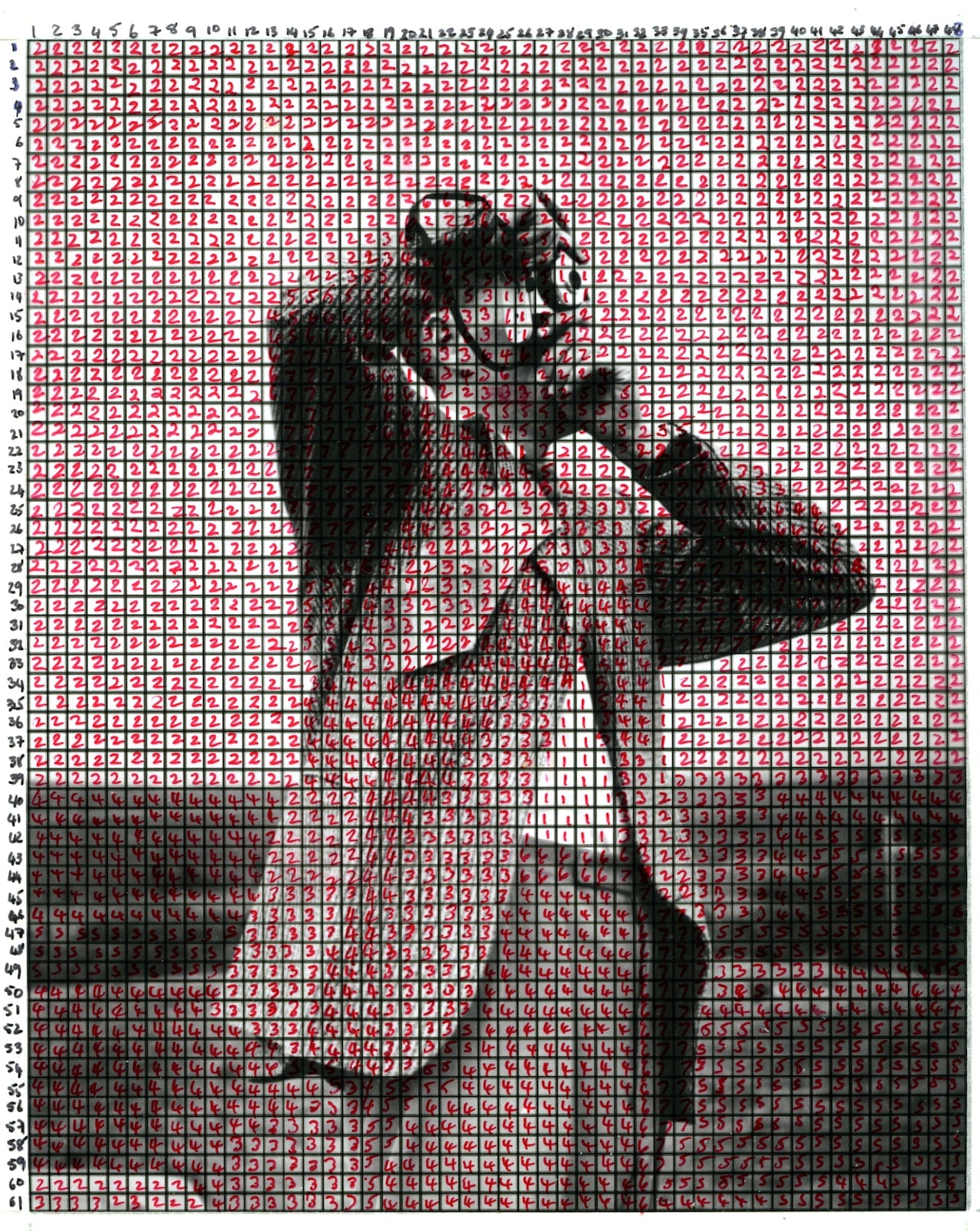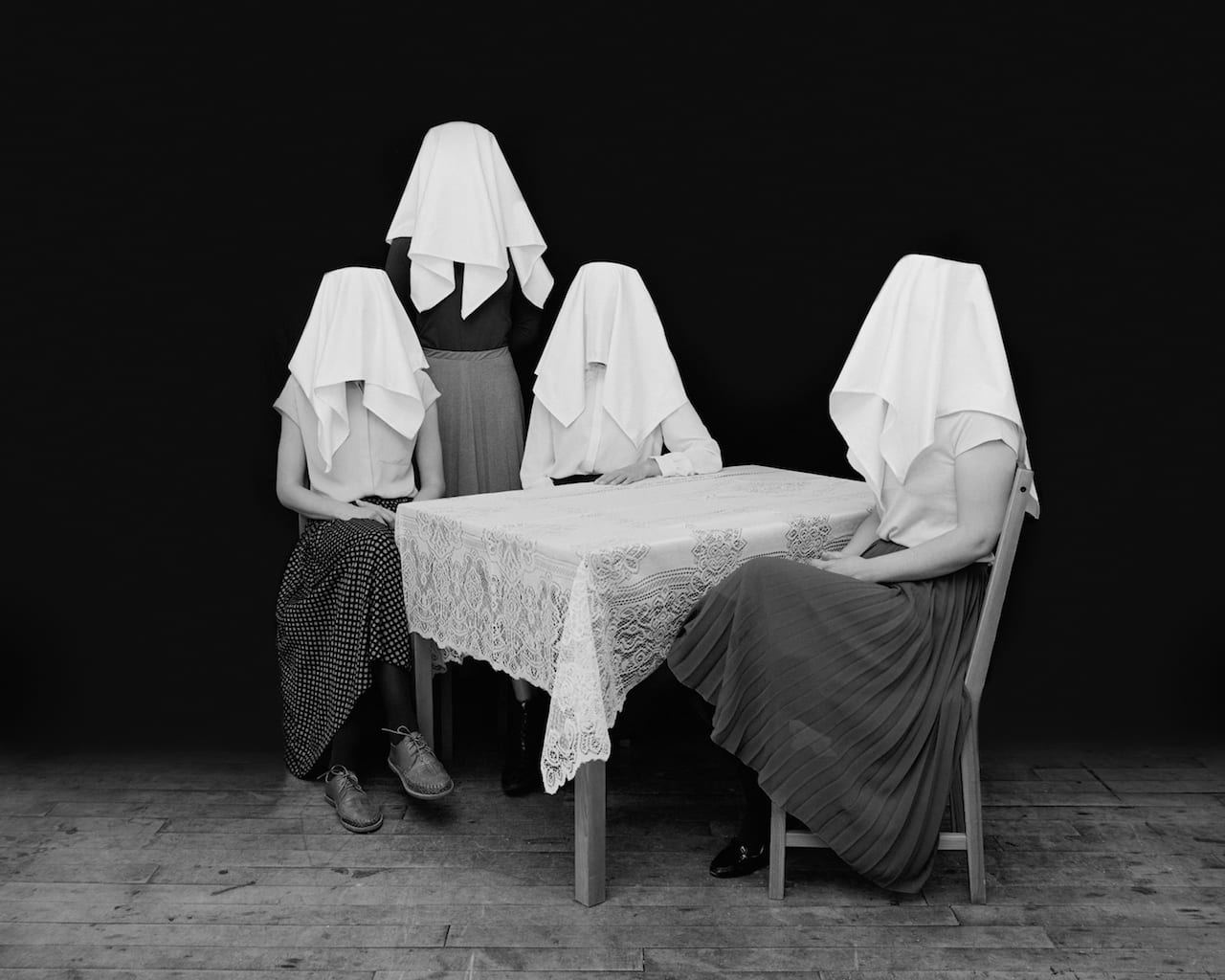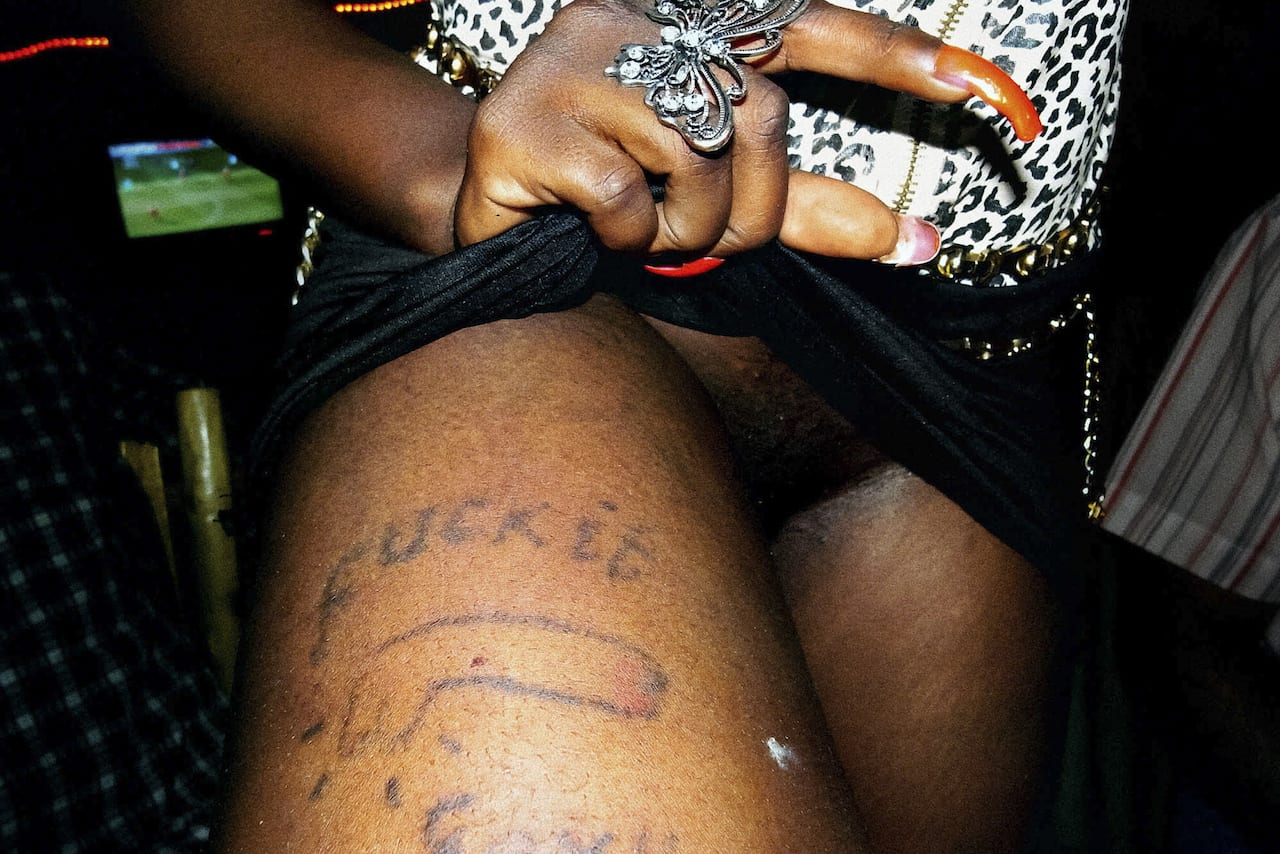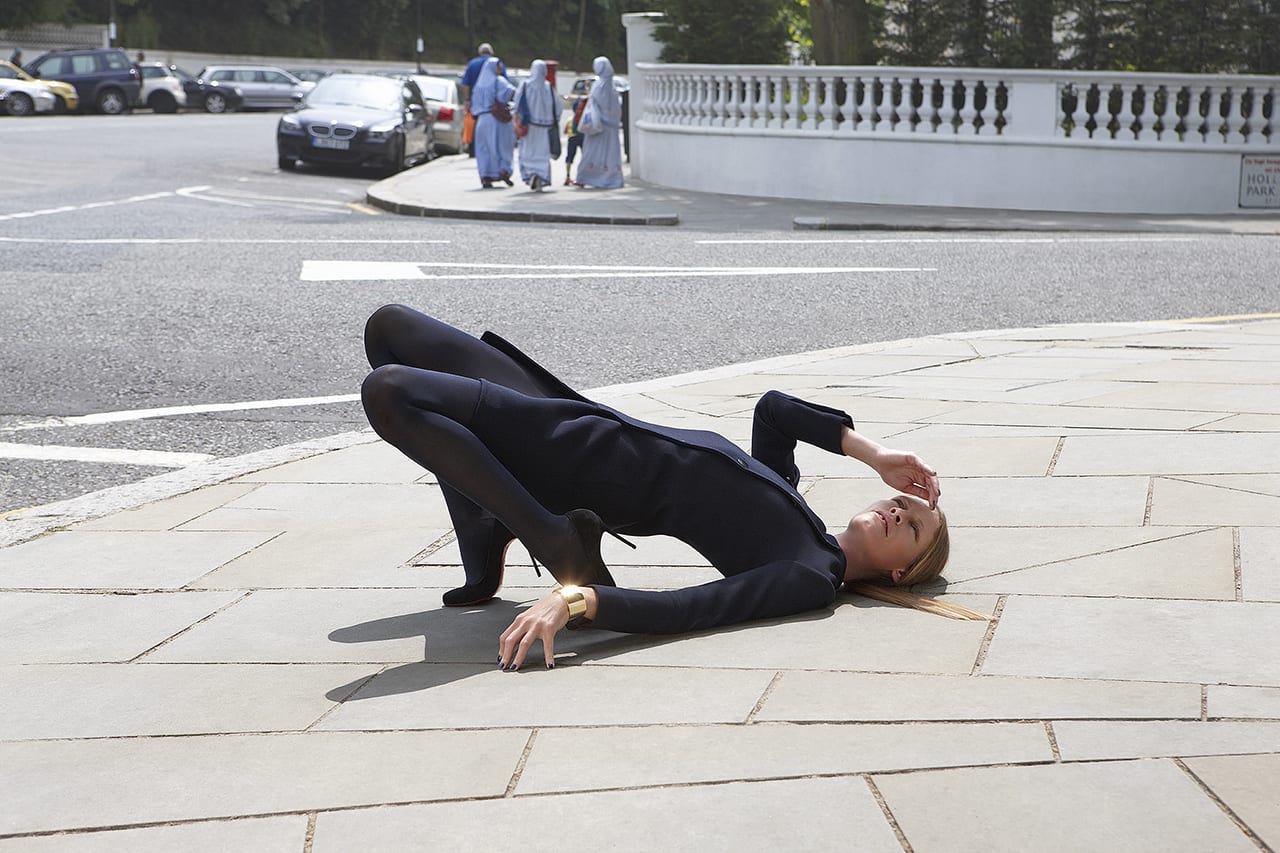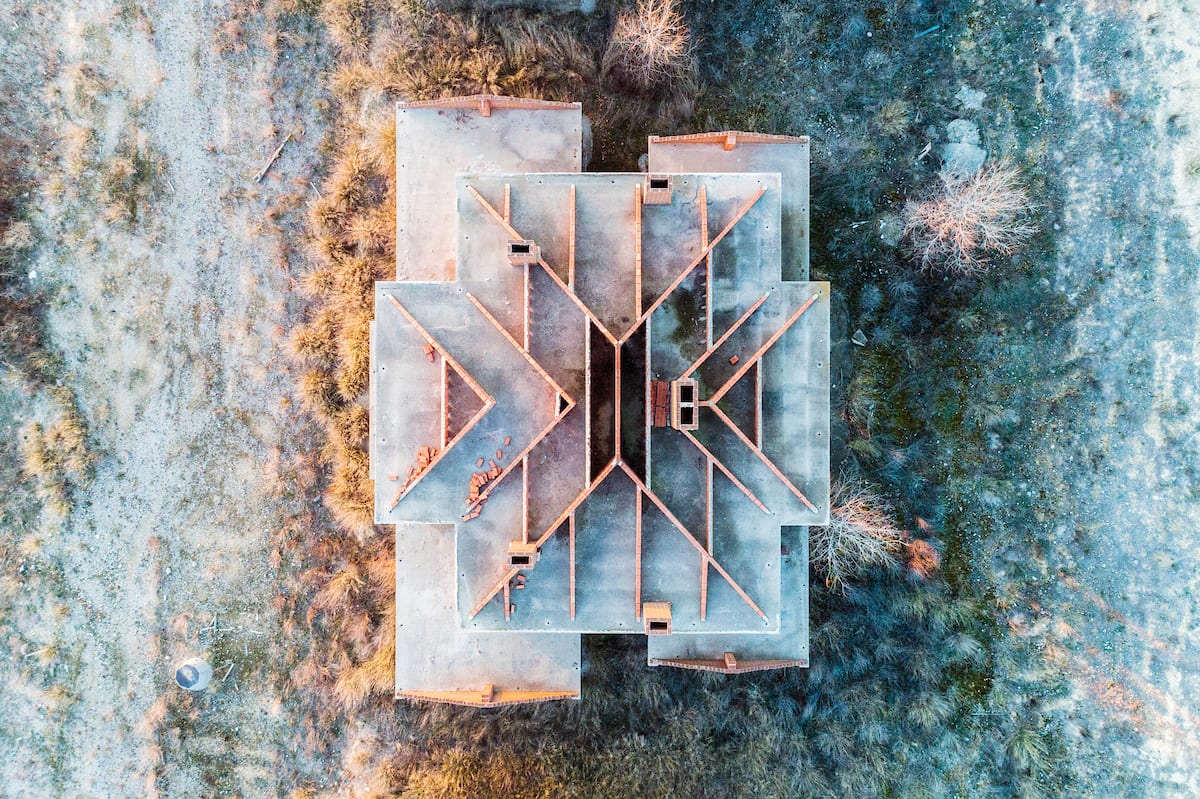“It was also about reshaping that American icon: everyone thinks of the cowboy as this white American hero who has come to slay Native Americans. Actually the word cowboy is a racist term. It comes from when slave masters called all their slaves ‘boys’ and so the cow boy was the boy who looked after the cows and the horse boy was the boy who looked after the horses.” Cian Oba-Smith journeys to Philadelphia at a politically charged time during the 2016 U.S. election to meet with an infamous group of horsemen dealing with this ingrained racism on a daily basis.
